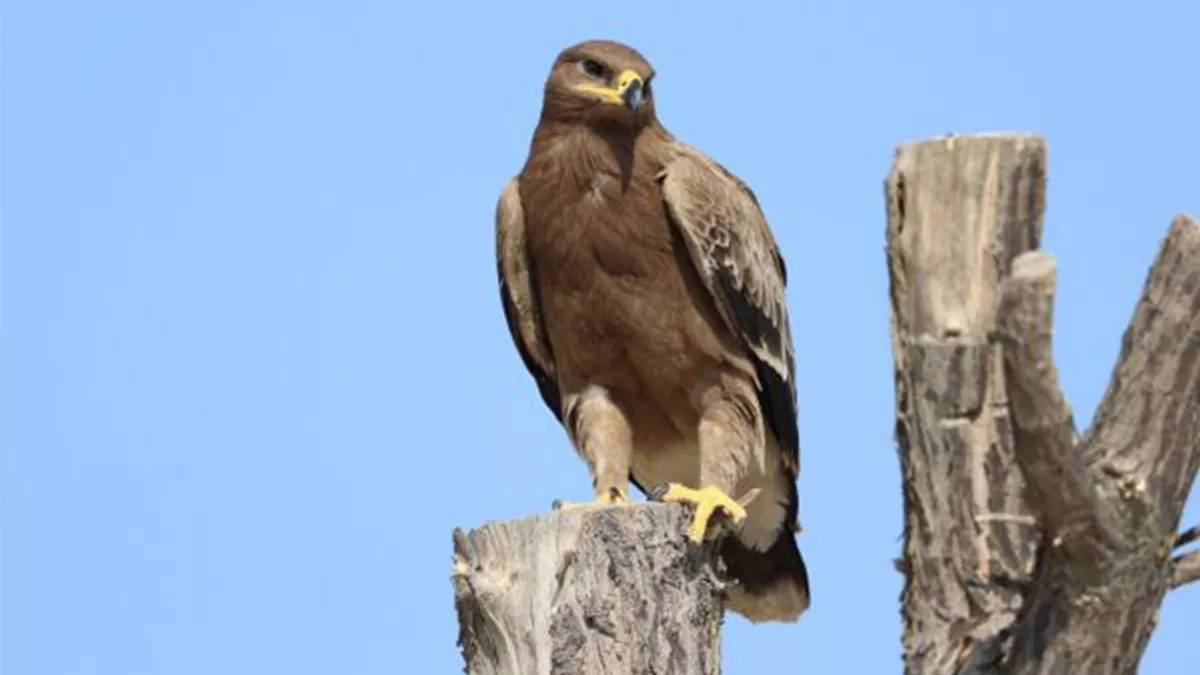
Last week, an elusive tropical bird that is hundreds of kilometers away from its habitat made a rare trip to Al Qudra Lake, also known as Al Marmoom Desert Conservation Reserve in Dubai. The uncommon arrival of the Common Cuckoo gave the well-liked unfenced reserve, which is currently teeming with hundreds of migrating bird species as winter approaches, a feathery flare. This is the first time in three decades that 77-year-old Dr. Reza Khan, a seasoned local wildlife specialist, has seen a cuckoo. Even though they have a fanciful association with the 17th-century cuckoo clock, these birds are silent visitors to the nation, offering no melodic serenades. Just five species of cuckoos are found in the United Arab Emirates, and none of them are natives, according to the specialised birdwatching website UAEBIRDING.
Dr Khan also saw the Spotted Crake and Water Rail, two additional rare migratory waterbirds. From August to May, the rare to extremely uncommon Water Rail (Rallus aquaticus) is a winter visitor. On the other hand, the Spotted Crake (Porzana porzana) is a rare winter visitor and migratory that is usually seen from September to May.
Along with the uncommon migrants, the Pivot Field and the entire Al Marmoom Desert Conservation Area are home to a large number of winter migrants. These include the uncommon European Roller, which may become common in the autumn and spring, as well as the Greater Spotted Eagle, Eastern Imperial Eagle, Bonelli's Eagle, Black Kite, three species of harriers, and Common Kestrel.
Hundreds of additional non-passerine birds, such as ducks, cormorants, herons, egrets, ibises, snipes, sandpipers, stints, ruffs, plovers, etc., can be found among other wetland and water species.
According to the Environment Agency Abu Dhabi (EAD), around two million migratory birds spend the year in the United Arab Emirates. The UAE bird checklist included 300 species in the early 1990s. That figure is now 468 because of the nation's environmental policies. Three of every five birds, or more than 60% of them, are migratory.
Dr. Khan attributes the surge to the UAE authorities' imaginative policies and management practises, which have converted desert landscapes into winter wonderlands for birds. From November to March, he noted, thousands of migrating birds are expected to continue calling this country home. When some native plants blossom in the winter, they are drawn to man-made lakes, woodlands, pivot fields, paddy fields, orchards, and green verges or lawns, all of which offer an abundance of insects and worms. These guarantees migrating birds a place to call home with plenty of food, water, and undisturbed shelter.
